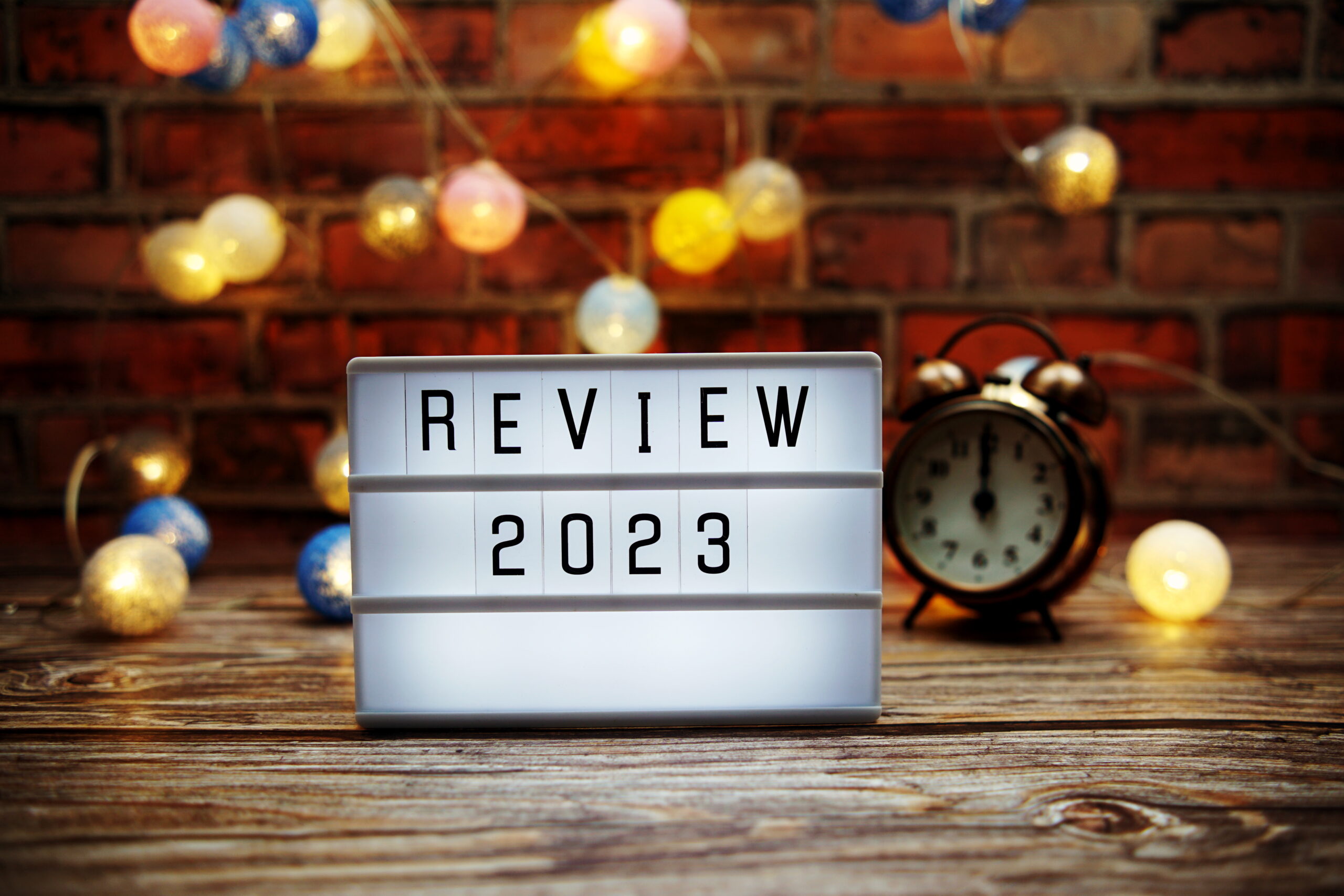I recently spoke with the CEO of a local technology company, and we landed on the topic of brand consistency. Specifically, its underlying impact on customer or client trust.It wasn’t a new conversation.
We have these types of discussions with current and potential clients on a regular basis. As you probably already know, a brand is more than a logo; it’s everything the company expresses through colors, fonts, photography style, content tone, customer experience, and yes, even the logo.
When your clients or customers need to trust in you or your product or services, brand consistency is essential.
If people see your brand represented in different ways, it can cause unease and even drive them away. Every element of your brand expression should be consistent across every customer touch point.
Imagine you are seeking a tax specialist to help file your taxes. You do a Google search and find a relevant website:
 After deciding the tax specialist looks qualified, you schedule an appointment and immediately receive an email:
After deciding the tax specialist looks qualified, you schedule an appointment and immediately receive an email:

Later while browsing Facebook, you pull up their business page and look at a few previous posts and see:

When the day of your appointment arrives, you get to the office and the tax specialist hands you a business card:

Did you notice the disconnected brand elements? What might this express?
- Inconsistency
- Disorganization
- Low quality
You might even start to wonder:
- Is this a new company?
- How much experience do they have?
- What type of experience would I have as a client if this is the level of care they provide their own company?
Even though we might not stop to consciously seek out brand inconsistencies, subliminally we may sense something is off or wrong.
If you had this experience, how confident would you feel about this company and its services? While this is just an illustration, consider larger brands and companies with smaller groups within. Physician offices within a larger healthcare network. Individual REALTORS® within a real estate company. Departments and divisions within a city or county. If each creates a brand completely separate and unique from the larger brand, how would that look? What would it communicate? Now multiply each of those brands by the number of marketing channels each of those sub-brands use and the different deliverables they develop… we’re talking about a major brand identity crisis!
This doesn’t mean you cannot or should not have sub-brands. However, an ideal sub-brand should have many of the same attributes of the parent brand.Think of a college or university. While there’s a visible master brand, individual schools or departments may have their own sub-brands. The sub-brand should maintain elements of the master brand (color, font style, etc.). It should serve as a complement to the master brand, not a departure from it. It should also reinforce the importance of the master brand while still serving as a unique identifier for the sub-brand.
Imagine if a university’s colors were green and gold and its brand font was Arial (gasp). Now imagine the School of Education decided to use red, blue, and yellow for its brand colors and Comic Sans(double-gasp) for its font. It might appear as a separate and unrelated school. The sub-brand would lose its clout and relationship with the larger university. The university would lose the brand equity of the consistent family of visual brand elements.
You might be thinking, “How do I get people to use the brand consistently?” Brand education and training is key. The training should go beyond handing team members a copy of the brand guide and telling them how to use the logo. Your training needs to explain:
- What a brand is (not just a logo)
- What your brand represents
- The attributes/personality of your brand
- Brand usage guidelines (both for an existing brand or a new/refreshed brand) including logo versions and usage, brand colors, brand type/font, brand content tone, and photography style
- The potential impact if the brand is not maintained (both directly and indirectly)
If your team understands the importance of brand consistency, they will make it a priority to do things right. Yes, you may still have to be the brand police and continue monitoring and coaching. With time, your team will learn, those instances will become less frequent, and your brand will become stronger.
How consistent is your brand? We can provide a brand audit of your marketing and external materials. Want recommendations on how to reinforce or enhance your brand? Reach out to us to learn more.



